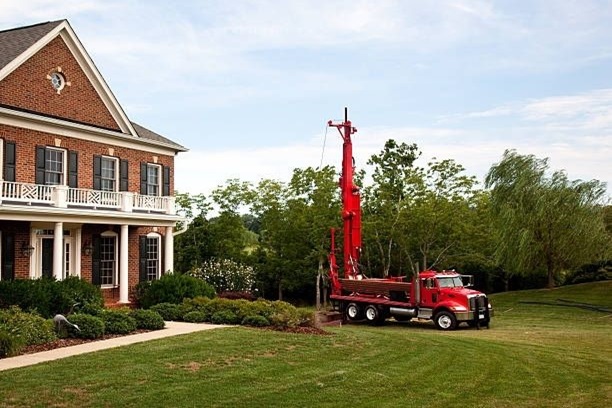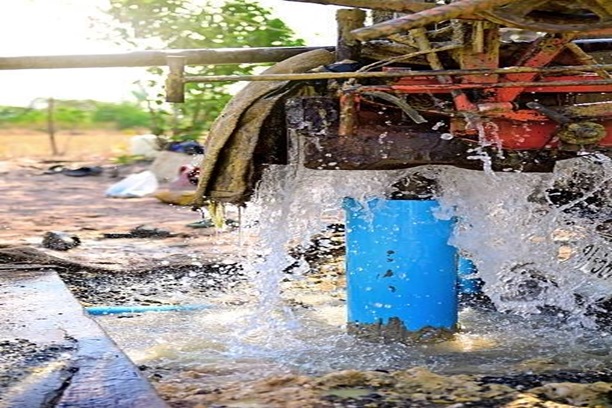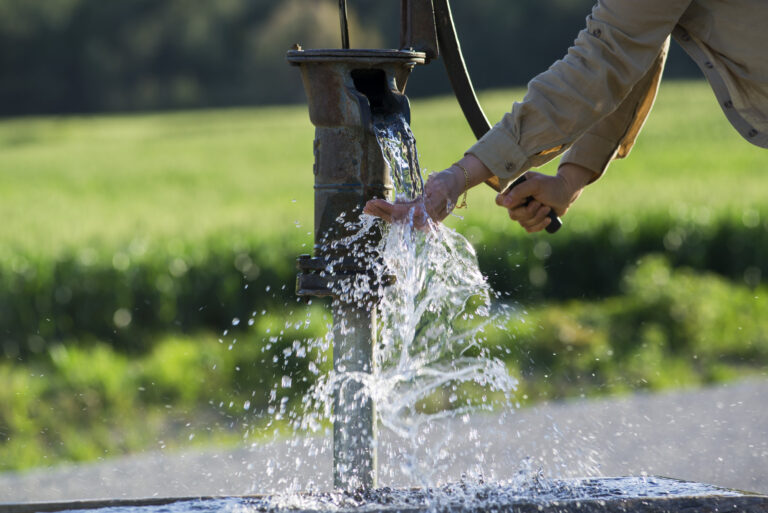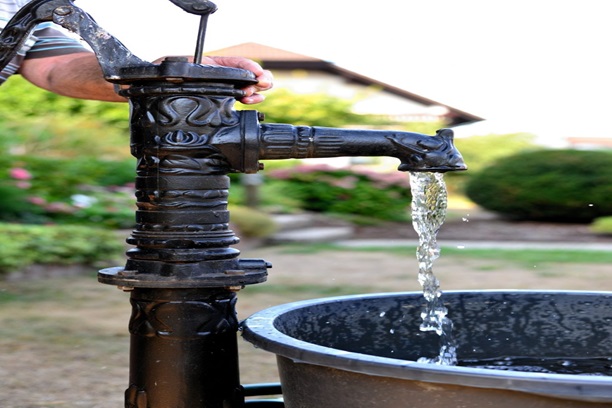Selecting the optimal location for a well is a critical decision that directly impacts the quality and reliability of your water supply. Whether drilling a new well or replacing an existing one, careful consideration of various factors is essential to ensure long-term success. From geological considerations to regulatory requirements, here’s a comprehensive guide on how to choose the right location for your well.
1. Understand Geological Conditions:
Before drilling a well, it’s crucial to assess the geological characteristics of the area to identify potential aquifers and water-bearing formations. Geological surveys, soil tests, and consultations with hydrogeologists can provide valuable insights into subsurface conditions, such as rock types, soil permeability, and groundwater depth. Identifying suitable geological formations can increase the likelihood of accessing a reliable water source and minimize the risk of encountering drilling obstacles.
2. Consider Groundwater Depth:
The depth of the groundwater table, or the level at which groundwater is found beneath the surface, is a key factor in determining well location. Shallow wells may be susceptible to fluctuations in water levels during droughts or high-demand periods, while deeper wells may offer greater resilience to water scarcity. Consulting local groundwater data and conducting hydrological studies can help estimate groundwater depths and inform well placement decisions.
3. Evaluate Potential Contaminants:
Assessing potential sources of contamination in the vicinity of the proposed well site is essential for safeguarding water quality. Sources of contamination may include septic systems, agricultural activities, industrial facilities, and hazardous waste sites. Well setbacks, which establish minimum distances between wells and potential sources of contamination, should be adhered to according to local regulations to minimize the risk of groundwater pollution.
4. Ensure Accessibility and Convenience:
Considerations of accessibility and convenience are essential when selecting a well location. The well site should be easily accessible for drilling equipment, maintenance vehicles, and future servicing. Additionally, proximity to existing infrastructure, such as roads, power lines, and plumbing connections, can reduce installation costs and facilitate well operation and maintenance.
5. Check Regulatory Requirements:
Well installation is subject to various regulatory requirements and permitting processes, which vary depending on jurisdiction and local ordinances. Before selecting a well location, familiarize yourself with relevant regulations regarding setback distances, well construction standards, and permitting procedures. Obtaining the necessary permits and adhering to regulatory requirements are essential for ensuring compliance and avoiding legal issues.
6. Consult with Professionals:
Seeking guidance from qualified well drilling professionals, hydrogeologists, and regulatory authorities can provide valuable assistance in choosing the right location for your well. Well drilling contractors can offer expertise on site selection, drilling techniques, and regulatory compliance, helping you make informed decisions that align with your water supply needs and objectives.
7. Consider Future Land Use:
Anticipating future land use changes and development plans is crucial when selecting a well location. Avoid siting wells in areas slated for future construction, infrastructure expansion, or potential contamination sources. Assessing long-term land use patterns and zoning regulations can help ensure the longevity and reliability of your well water supply.
8. Conduct Site Surveys:
Before finalizing the well location, conduct on-site surveys to assess topographical features, soil conditions, and potential obstructions that may affect drilling operations. Clearing vegetation, leveling the terrain, and preparing the site for drilling can optimize efficiency and minimize disruptions during the installation process.
In conclusion, choosing the right location for your well requires careful consideration of geological, hydrological, environmental, and regulatory factors. By conducting thorough assessments, consulting with professionals, and adhering to best practices, you can maximize the reliability, safety, and longevity of your well water supply. Investing time and effort in selecting an optimal well location is crucial for ensuring access to clean, reliable water for years to come.




